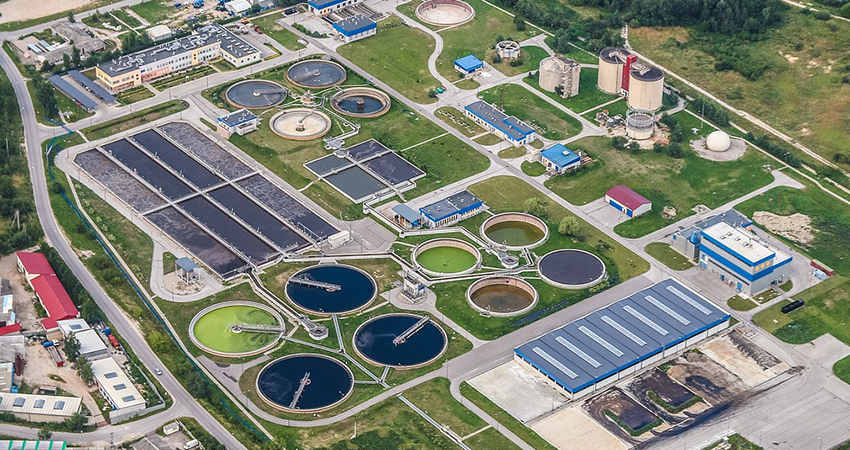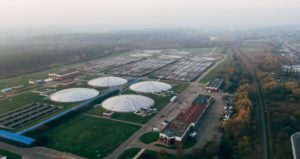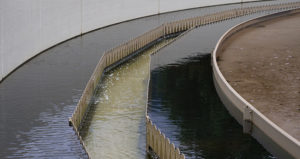Research estimates methane emissions from WWTPs could be double

-
 Fergal MacErlean
Fergal MacErlean
Share article:
Municipal waste water treatment plants (WWTP’s) emit almost twice the amount of methane than scientists previously believed, according to new research from Princeton University. That is the assessment of two papers published in February in Environmental Science & Technology.
One study performed on-the-ground methane emissions measurements at 63 wastewater treatment plants in the United States; the other used machine learning methods to analyze published literature data from methane monitoring studies of various wastewater collection and treatment processes around the globe.
IPCC-guidelines not adequate
When the researchers used a mobile laboratory to quantify plant-wide emissions by measuring the plumes of 63 waste water treatment plants (WWTPs) on the east coast and in California, they found that the Intergovernmental Panel on Climate Change (IPCC) guidelines consistently underestimated treatment plants of all sizes and treatment processes.
The Intergovernmental Panel on Climate Change (IPCC) has established guidelines that allow researchers and institutions like the U.S. Environmental Protection Agency (EPA) to estimate methane emissions from wastewater treatment plants based on their specific treatment processes. However, those guidelines were developed from limited measurements at just 14 wastewater treatment plants.
EU water sector
The EU greenhouse gas inventory is based on the inventories of emissions and removals reported by its Member States. The estimation of emissions is done by Member States for their WWTPs according to the United Nations Framework Convention on Climate Change reporting guidelines and the 2006 IPCC Guidelines. Last year the European water sector urged the EU to develop measurement methods for methane emissions.
Emissions are nearly double
If the results from the 63 WWTPs are representative, actual methane emissions from wastewater treatment facilities across the U.S. would be about 1.9 times greater than emissions estimates that use existing IPCC and EPA guidelines, meaning that those guidelines underestimate methane emissions equivalent to 5.3 million metric tons of carbon dioxide.
Anaerobic treatment worse
“Our findings suggest that IPCC-based estimates underestimate methane emissions across all sizes of WWTPs, especially those with anaerobic digestion,” the study states. Mark Zondlo, professor of civil and environmental engineering and associated faculty at the Andlinger Center for Energy and the Environment, who led the study said more work is needed to monitor methane emissions at various timescales from treatment plants and sewer networks of different sizes and treatment processes.
More data needed
“Ultimately, we need to have a full accounting of the emissions from plants across many timescales,” he said. Interestingly, the research team who performed the second independent study to analyze literature data on methane emissions came to a similar conclusion: estimated methane emissions from municipal wastewater treatment in the U.S. were around double of what existing guidelines would predict.
Climate mitigation
“Not many people have studied the methane emissions associated with wastewater infrastructure, even though we know that it’s a hotspot for methane production,” said Z. Jason Ren, who led the second study. The findings are particularly worrying given that, according to the IPCC Fifth Assessment Report, methane is 84 times stronger than carbon dioxide over 20 years, compared to 28 years when considering its impact over a century – the standard timeline for climate mitigation analysis.
Methane emissions in the EU
Currently, the EU accounts for 7% of global greenhouse gas emissions and for 4-5% of global methane emissions. The European waste sector, as a whole, produced 3.1% of methane emissions in the EU in 2020 (with 6.3% coming from agriculture). Of this, some 15% of these emissions came from domestic and industrial wastewater treatment and discharge (15%).












